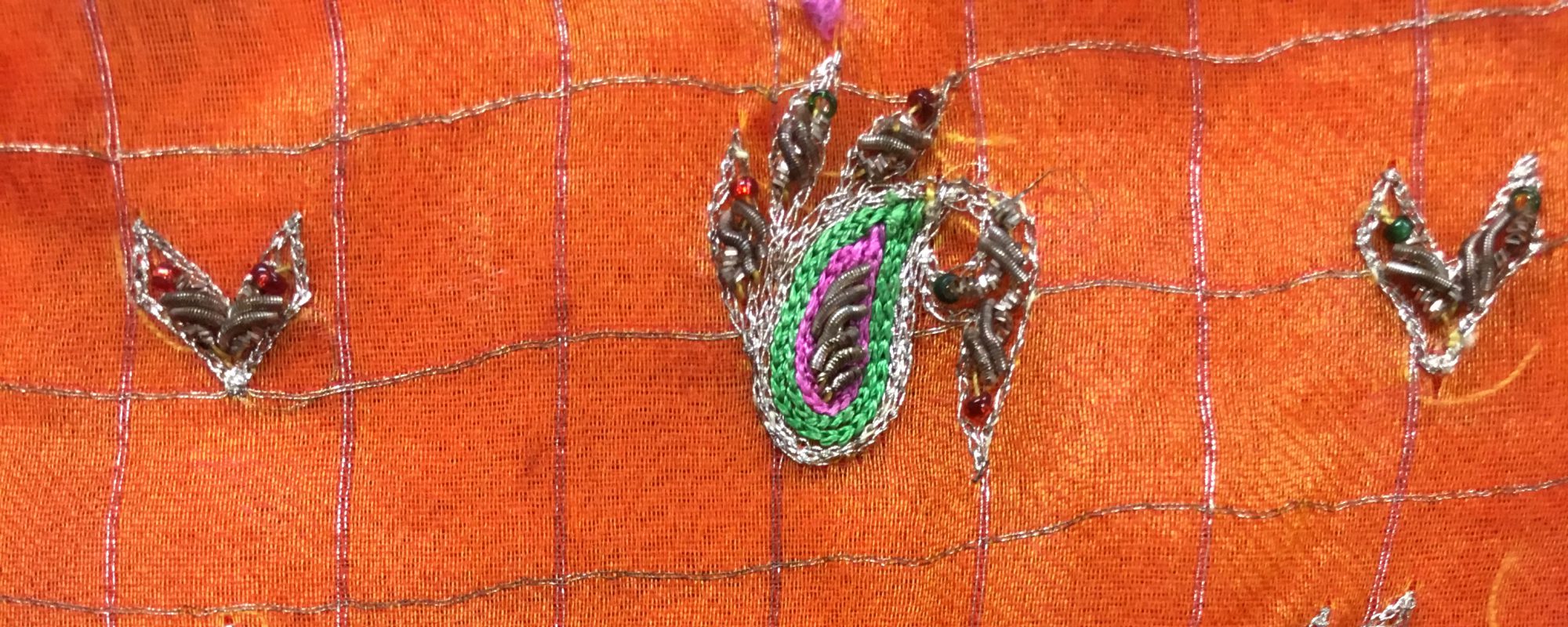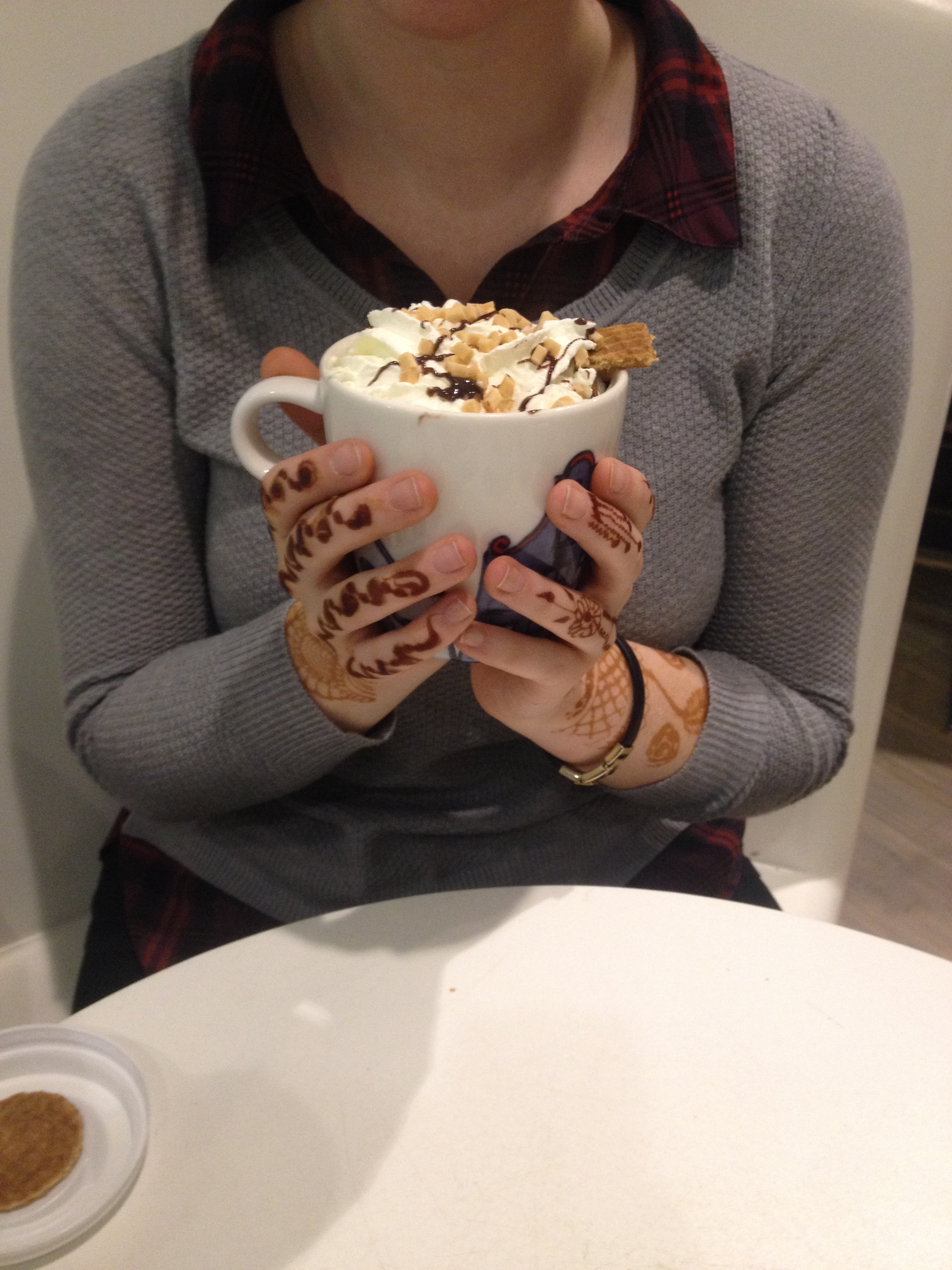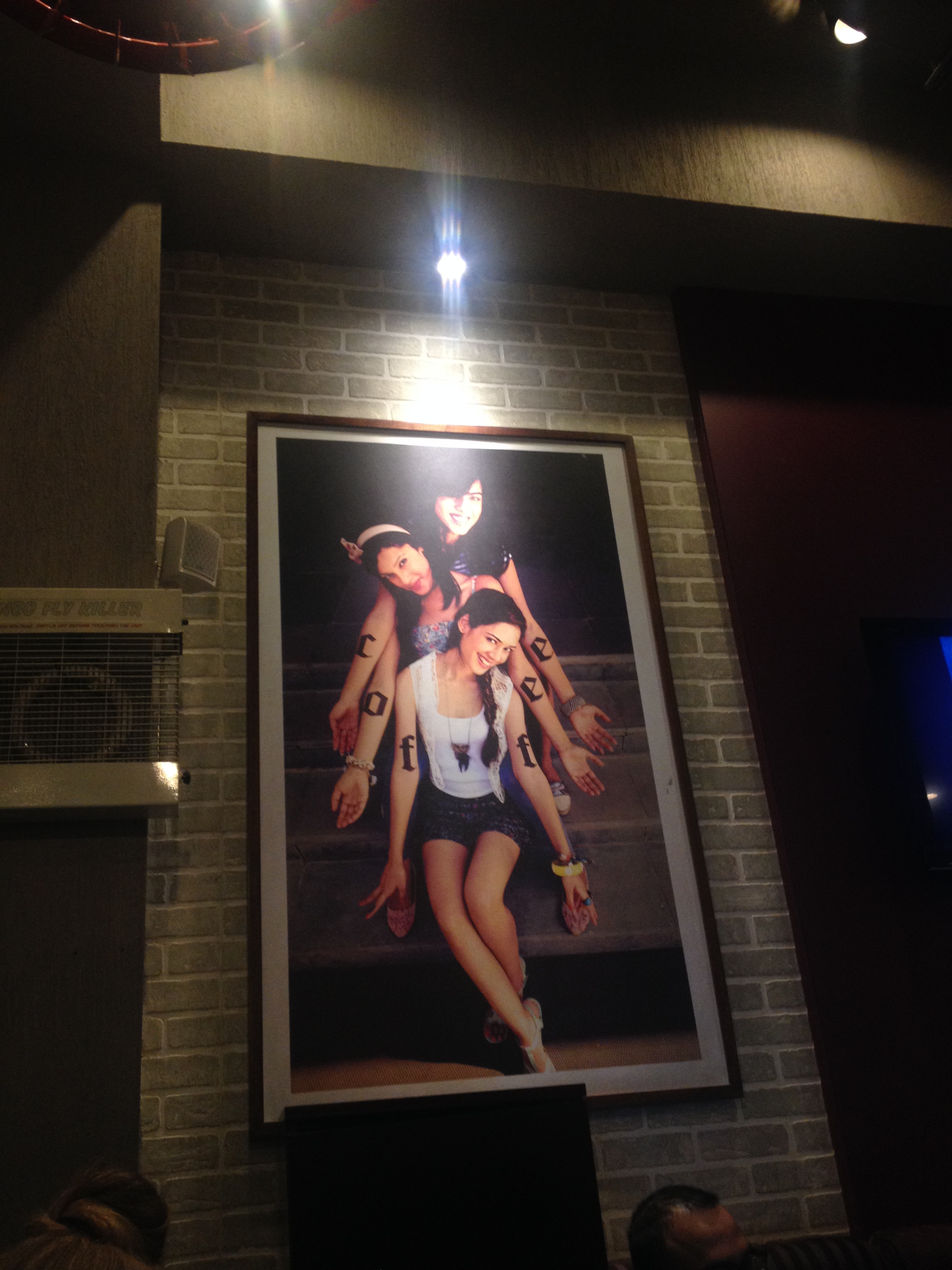While on our quick travels through Agra and Jaipur, we got to experience many sights that we did not see every day in Delhi. We were exposed to vast land and huge mountains and we landed in Jaipur which after Delhi, seemed to be a city of less people and more character. Something that I found interesting in the city of Jaipur were the vast amounts of kites I saw flying from people’s homes and roofs. After seeing a kite on almost every home, I figured there must be a festival of sorts and I did a little more research.
The kite flying ended up being preparation for the International Kite Festival that takes place January 14th-January 16th. The festival takes place in Jaipur every year and is one of the most attended festivals in all of Rajasthan. The festival begins on January 14th which is also known as Makar Sankranti. On the 14th, people come from every corner of the country and take part in the simple pleasure of flying kites from their rooftops. The reason for the kite flying comes from the passing of winter. People fly kites because of the benefits of the sun exposure that it will bring to their health. This festival acts as almost a start of spring or warm weather season and gets people outside again.

What we saw of the kites were simply people preparing for the festival and showing their excitement. The actual festival in Jaipur is located at the Jaipur Polo Ground and is divided by kite competitors and “friendly” kite flying. At the end of the festival, people leave the kites tied onto their rooftops for as long as they can, sharing food and music with family, friends and neighbors.

Works Cited
Enjoy the Festival of Kites in Jaipur. (n.d.). Retrieved January 20, 2017, from https://alsisarhotelsrajasthan.wordpress.com/2015/01/13/enjoy-the-festival-of-kites-in-jaipur/
International Kite Festival, Jaipur 2017. (n.d.). Retrieved January 20, 2017, from https://www.indianholiday.com/fairs-and-festivals/rajasthan/international-kite-festival-jaipur.html






 ehave in their country is important to understanding behavior of locals and how you should act as a visitor. I thought it was interesting how despite negative aspects of the patriarchy positive changes are being made. I was intrigued by discussions on traditional practices such as Sati regarding whether they are sexist or feminist in their own way. I also found it interesting how the roles of religion and tradition are trying to find a place where tradition and the feminist movement can coexist.
ehave in their country is important to understanding behavior of locals and how you should act as a visitor. I thought it was interesting how despite negative aspects of the patriarchy positive changes are being made. I was intrigued by discussions on traditional practices such as Sati regarding whether they are sexist or feminist in their own way. I also found it interesting how the roles of religion and tradition are trying to find a place where tradition and the feminist movement can coexist.









